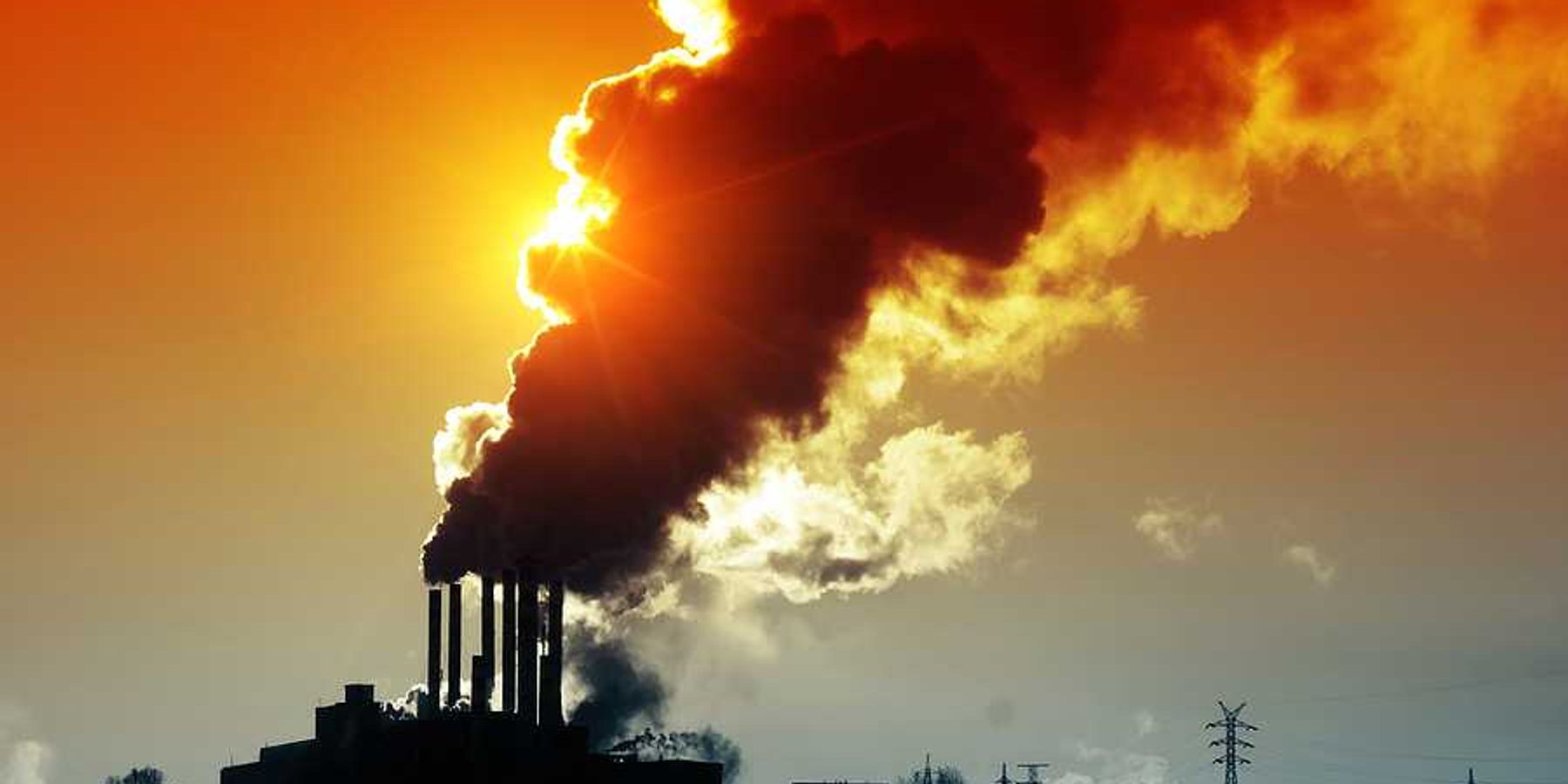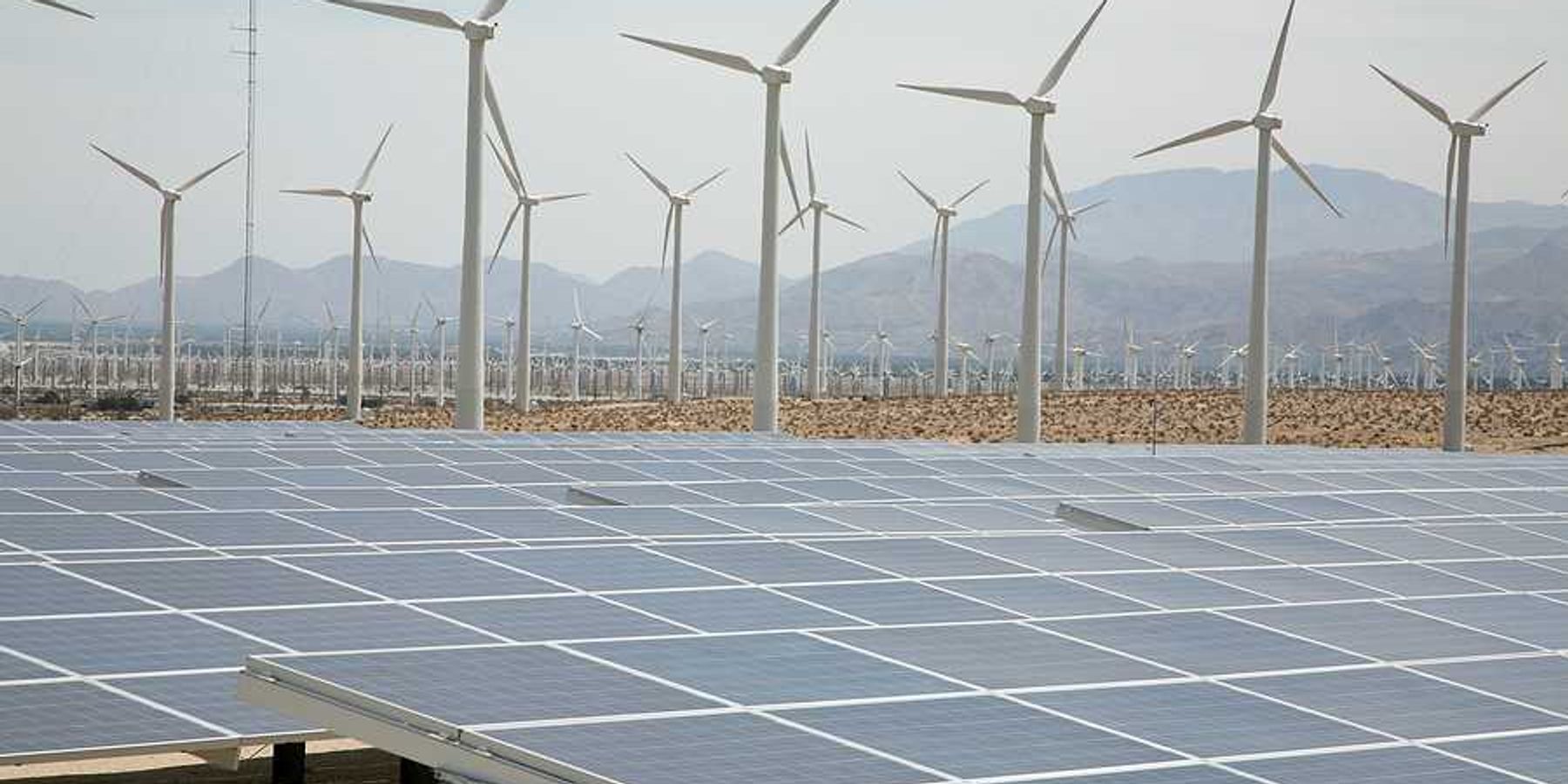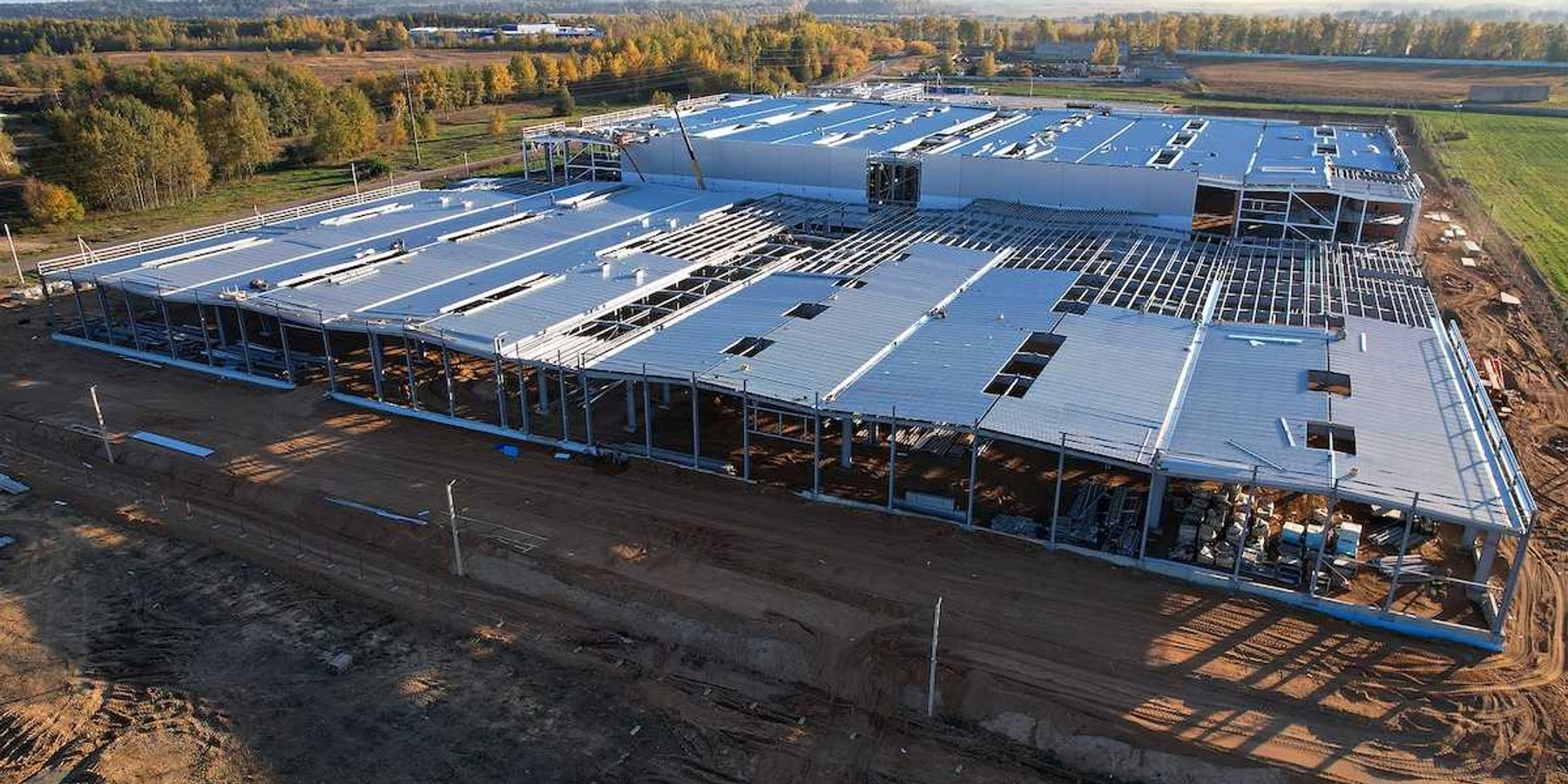EPA settles Texas suit, agrees to decide on pollution plan in East Texas
Noah Alcala Bach writes in the Texas Tribune about the EPA's settlement of a a lawsuit the Sierra Club brought over pollution from an East Texas coal-burning power plant. The agreement requires the EPA to weigh in on the state’s plan to improve air quality in Rusk and Panola counties.
In a nutshell:
The Sierra Club accused the EPA of delays in approving or rejecting the Texas Commission on Environmental Quality's plan, which the Sierra Club deemed inadequate and urged the EPA to reject. Under the settlement, the EPA must either accept Texas' plan or issue its own improved plan to address air quality in the counties by December 13, 2024. Residents in the area have experienced respiratory issues and health problems linked to the power plant's emissions, and hope the settlement will bring positive changes to their communities.
Key quote:
“We’ve seen in the past that while Texas plans are generally not adequate, the federal government puts together much more thorough plans that result in better air quality,” said Emma Pabst, a campaign representative for Sierra Club.
The big picture:
The emissions from coal plants release harmful pollutants into the air, such as sulfur dioxide, nitrogen oxides, particulate matter, and mercury. Exposure to these pollutants can lead to respiratory problems, exacerbate existing respiratory conditions like asthma, and increase the risk of heart and lung diseases. Communities living close to coal power plants may experience higher rates of cancer, cardiovascular issues, and other health problems due to prolonged exposure to these pollutants.
Read the full story in the Texas Tribune.
Research shows that coal energy pollution may result in up to 57,000 premature deaths every year in the U.S.; switching to solar energy might reduce these deaths, writes Brian Bienkowski.













